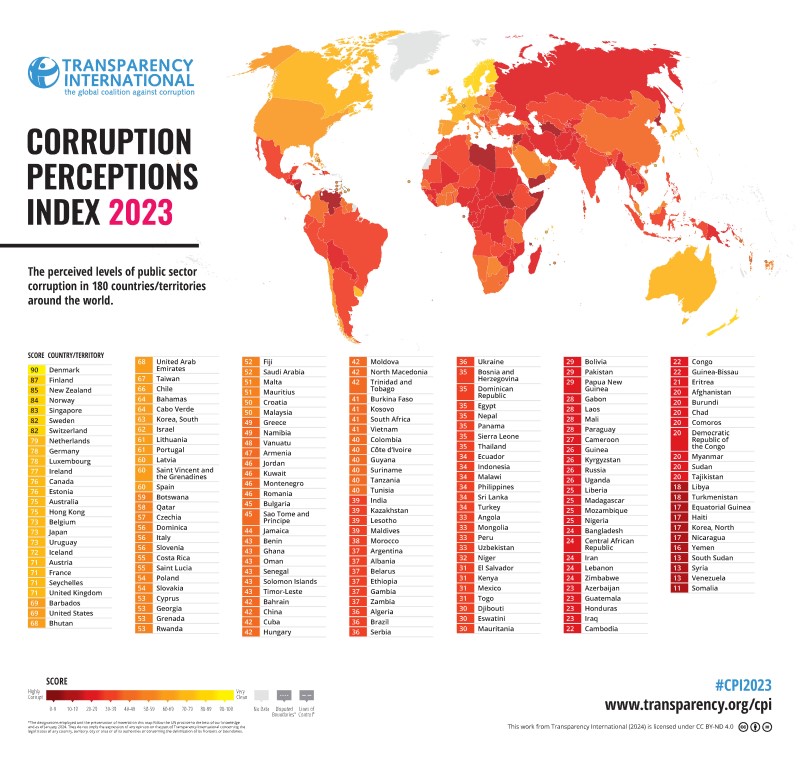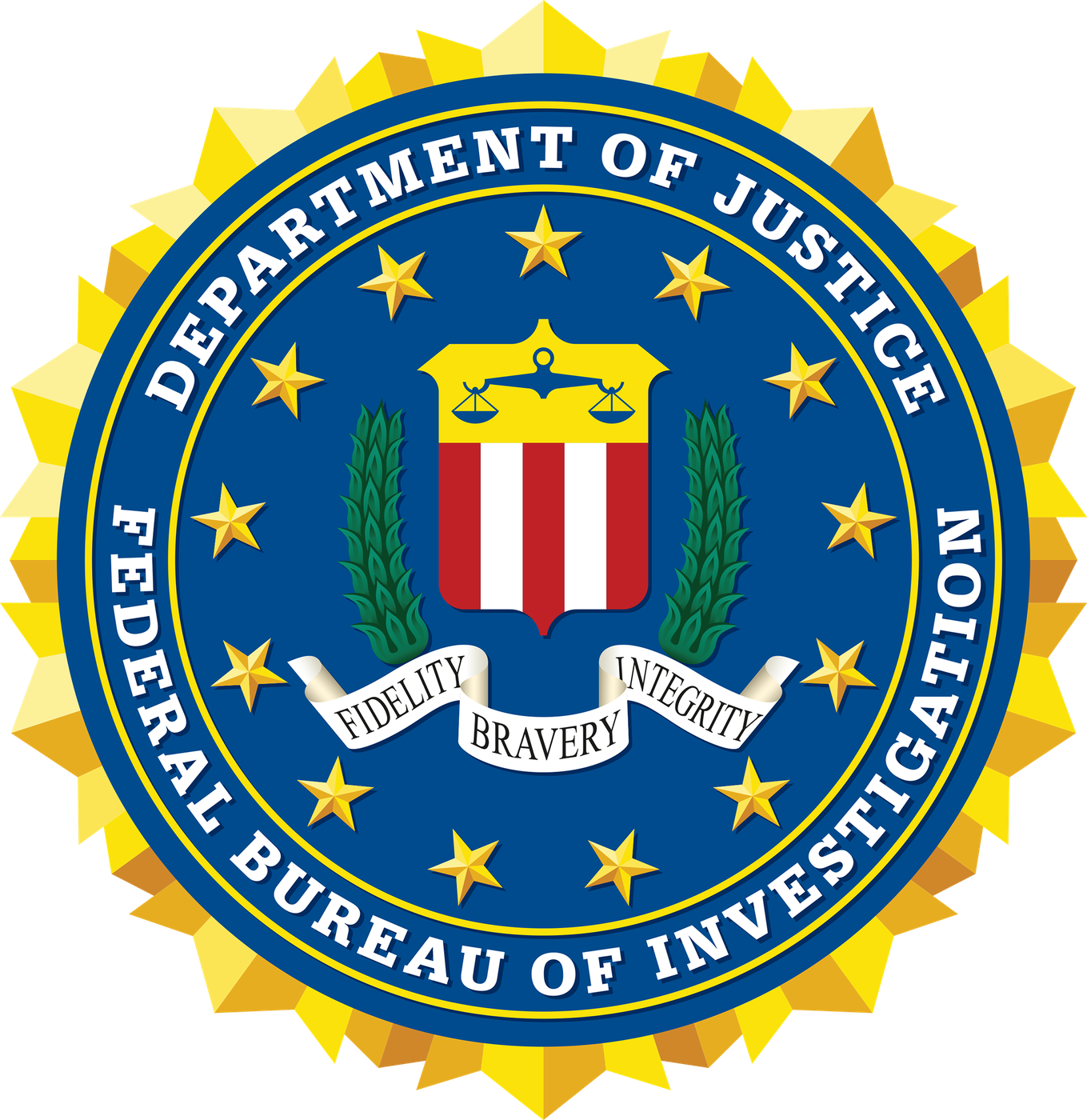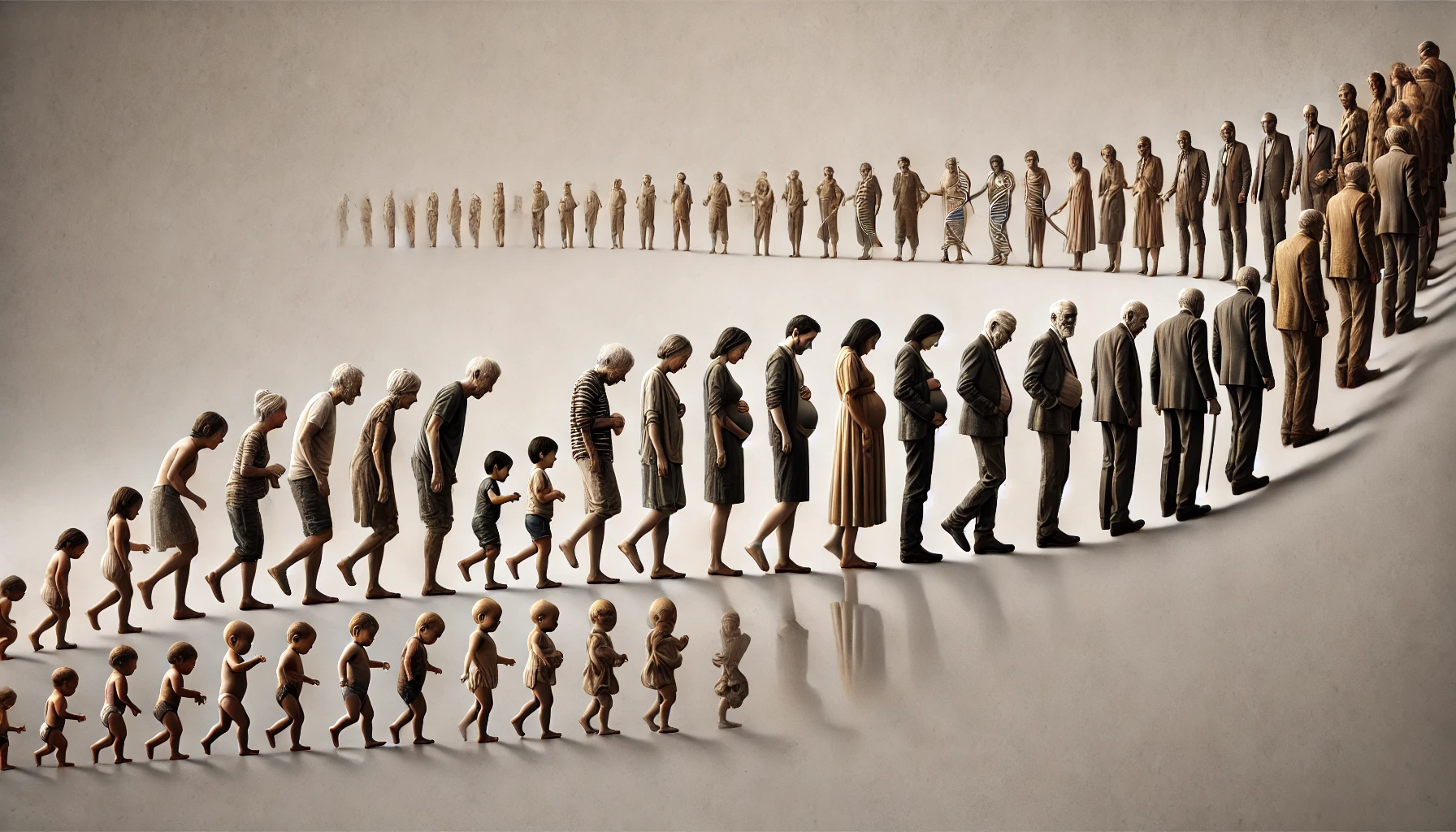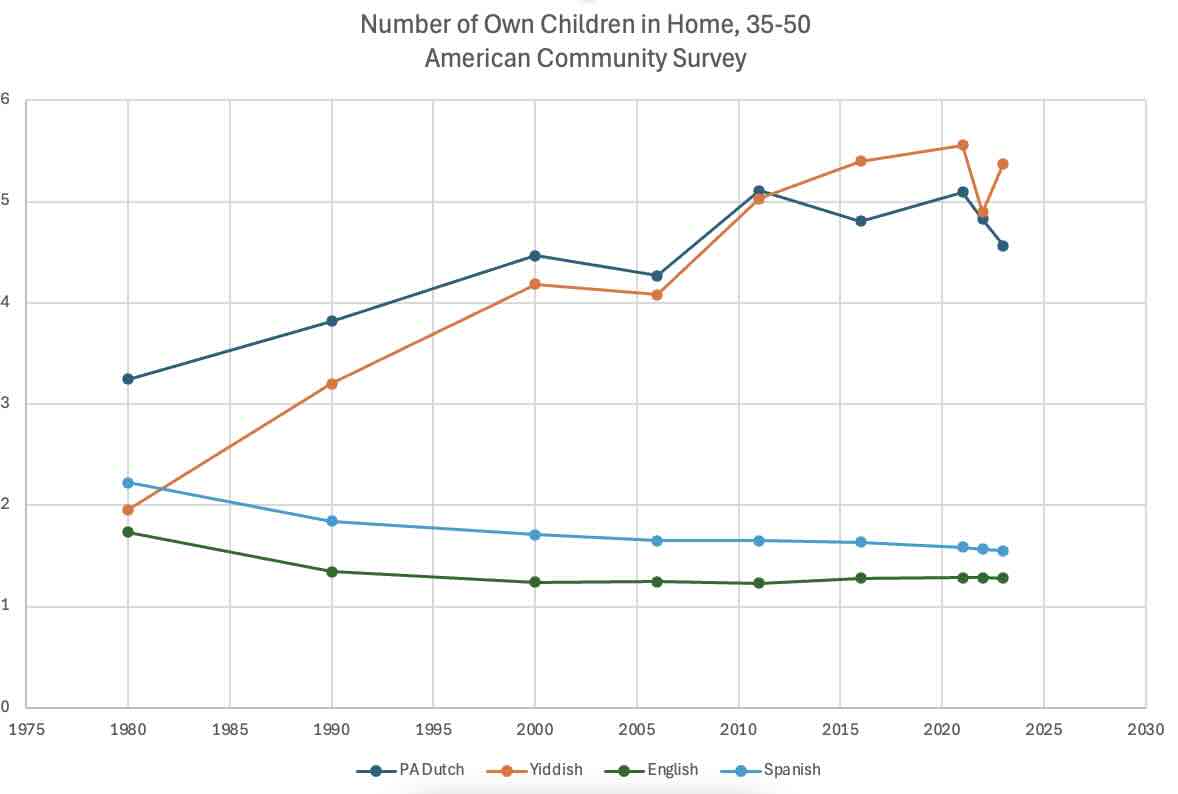-
•
•
29 responses
Personalist autocracies are bad for 99.99% of the people who live under them. By enabling bribery and corruption, they’re a significant drag on the economy. A few people get rich, while everyone else ends up worse off. By promoting incompetent but loyal functionaries, they make it difficult to accomplish important government tasks or provide the kind of information – about the economy, health, even the weather – that individuals and institutions need for basic decision-making. With scientific and academic research deprecated and artistic direction dictated by the autocrat’s tastes, science and culture tend to stagnate, and talent migrates to greener… Read More
-
•
•
2 responses
As I’ve been working on my annotated Doctrine and Covenants this year, one resource I’ve enjoyed reading is The Doctrine and Covenants Study Guide: Start to Finish (Salt Lake City: Deseret Book, 2024), ed. Thomas R. Valletta. The book is formatted as the text of the Doctrine and Covenants with comments in wide margins and footnotes. The commentary is a blend of historical and linguistic context and devotional commentary and offers a variety of insights into the text and the people who are being addressed in the revelations. Read More
-
•
•

I’m currently spending time looking at the idea of ‘restoration’—probably the key idea that early members of the Church sought after. Our denomination is, and was then, considered a restoration of Christ’s original church. This lesson, covering mainly D&C 20, sometimes called the ‘constitution of the church, looks further at exactly what this means, and suggests that the main elements of the restoration can be divided into four categories: Doctrine, Ordinances, Priesthood Authority and Prophets. And as a result the lesson is divided into those four categories. Read More
-
•
•
5 responses
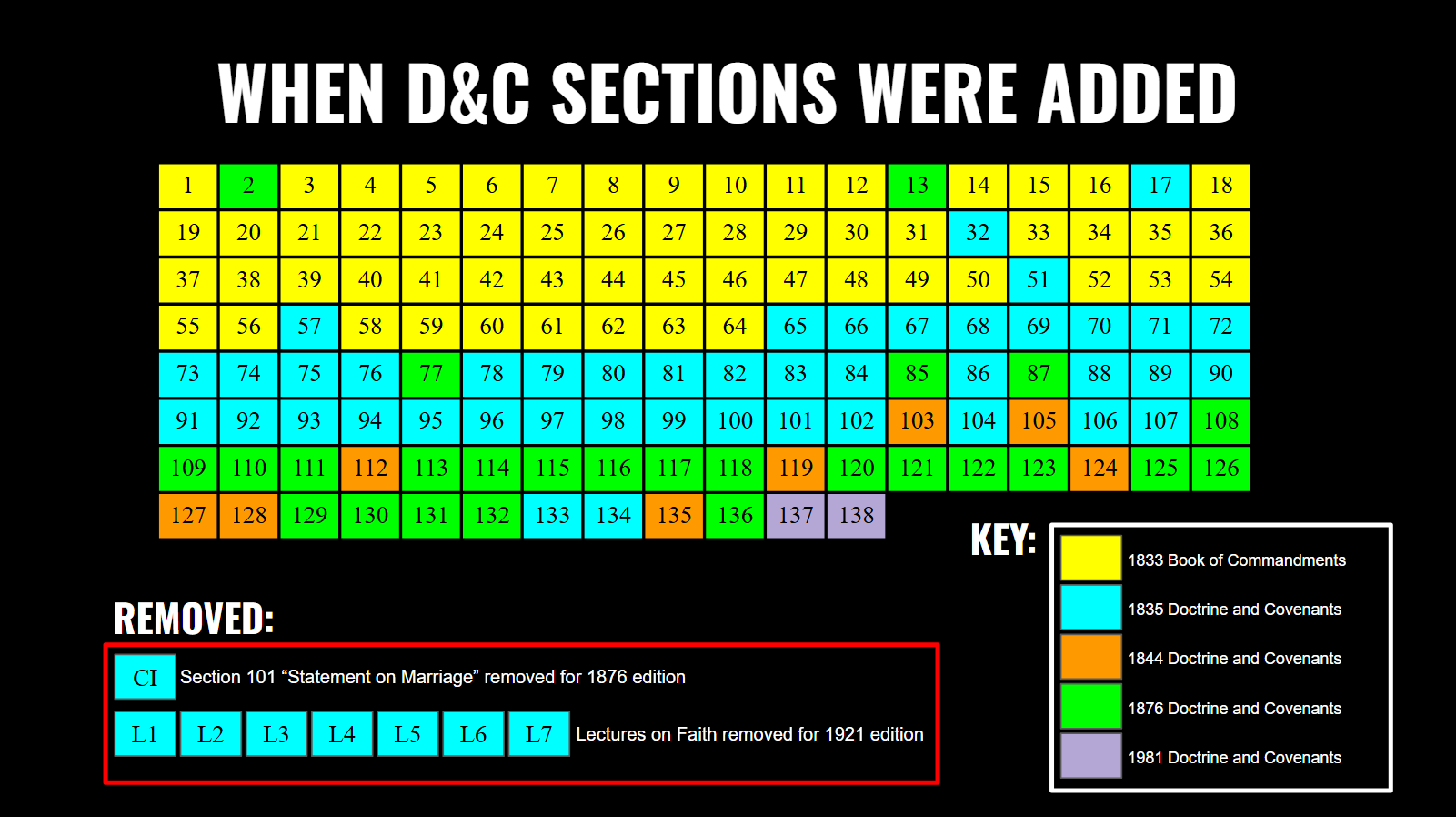
In AI world Anthropic recently released Claude 3.7 with extended thinking. The “extended thinking” function is the fruit of a realization in the AI labs that if you give the AI longer to think their responses are more thorough and accurate, so in addition to expanding the compute size you can expand the compute time parameter. Claude is best known for coding and application development, so since the announcement the AI Twitterverse has been exploding with people creating all sorts of (relatively) sophisticated games and simulations using a few lines of prompts. This has the potential to be a gamechanger… Read More
-
•
•
2 responses
The recently-published book Seven Visions: Images of Christ in the Doctrine and Covenants by Adam S. Miller and Rosalynde F. Welch is a fantastic opportunity to listen in on a conversation between two brilliant theological minds as they explore seven different sections of the Doctrine and Covenants with a Christological focus. The book is structured as a series of letters back and forth between the two authors, discussing the seven sections in question (19, 45, 76, 88, 110, 130, and 138). It was a delightful blend of heartfelt discussion, analysis of text, and conclusions that could sometimes be a surprising take… Read More
-
•
•
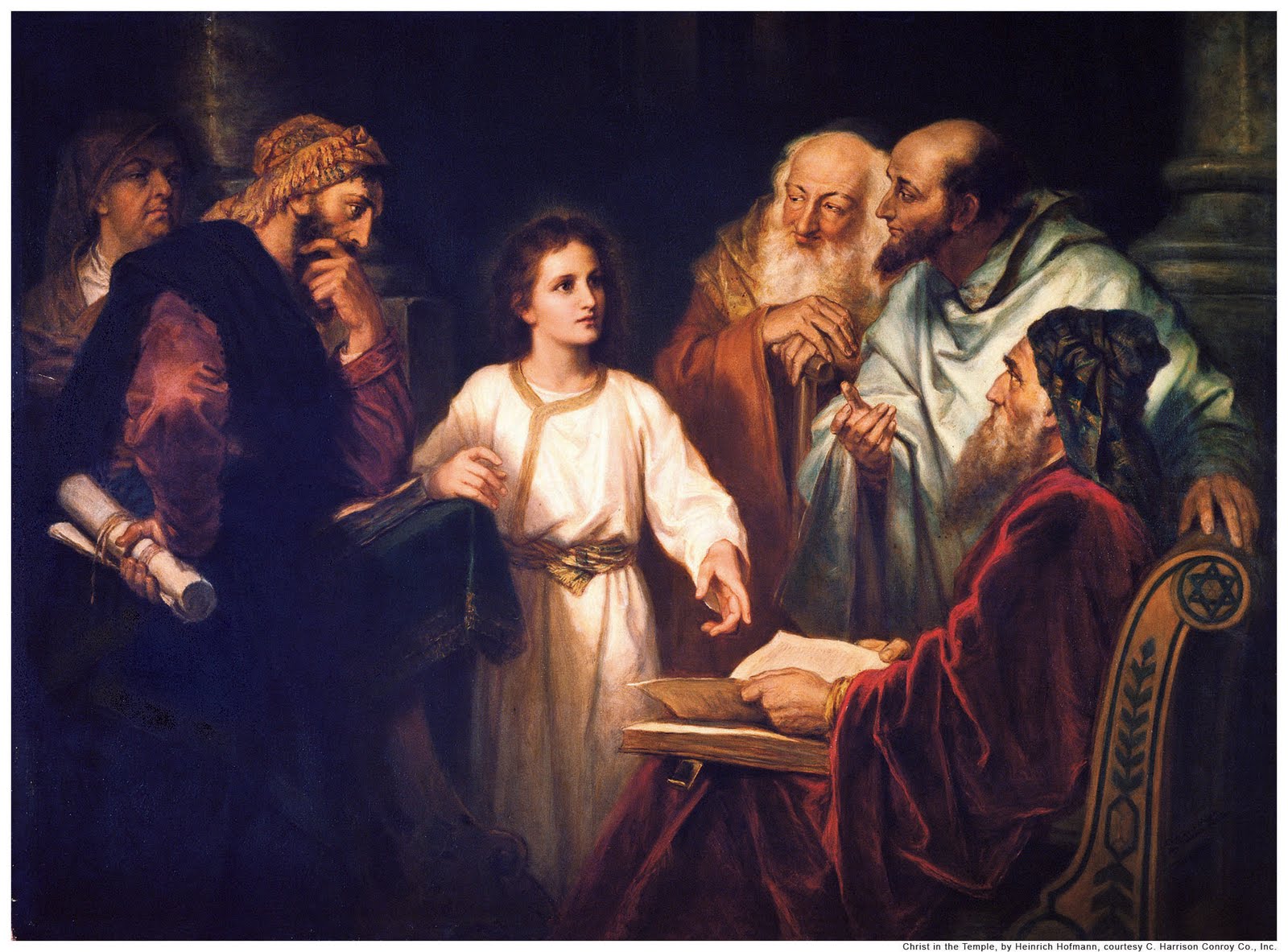
It might seem strange that the title of a lesson based on D&C 19, apparently written as Martin Harris struggled with wether to mortgage his farm to pay for the publication of the Book of Mormon, should be titled “Learn of Me.” But D&C 19 doesn’t talk about mortgages or farms, and the more I think about it, I realize that answers to many of our questions and struggles can be found in understanding better the nature of God. And when we take seriously the idea that we are His children, its not hard to realize that knowing God and… Read More
-
•
•
One response
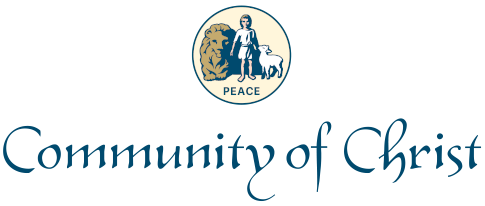
What happens when a leader of a faith does not actually believe in its founding precepts? Presumably this kind of situation would be rare, but I recently finished reading a history of the Nation of Islam, and was struck by the parallels and sometimes contrasts between its recent history and that of the Community of Christ. In both cases you had a faith that was an eclectic variation on a mainstream tradition–for the Community of Christ Christianity, and for the Nation of Islam Islam. In both cases you have a top leader who more or less inherited his position through… Read More
-
•
•
One response
Continuing my series of annotated and formatted text of the Doctrine and Covenants, here are D&C 10 – D&C 19. As noted before, be aware that this is still a very rough draft based on the 1921 edition (for copyright reasons). I have a lot of work to go before I plan to look into publishing the full thing for real (e.g., further analysis of intertextuality, more literature review for the Doctrine and Covenants, etc.). Also, for more notes on section 13 about the “keys of the ministering of angels,” check out my interview at the Latter-day Saint history… Read More
-
•
•
7 responses

Om, the vocal essence of the universe according to various South Asian religions Even if one does not accept the Church’s truth claims, it clearly has a knack for tapping into deep, primordial religious themes and principles that pop up across time and space. One of these is what I’m going to call capital-S and lowercase-s sacred objects and symbolism. (There may be a more formal term in the anthropology of religion for this distinction that I’m not aware of, but these terms should suffice for our purposes). The lower-case s sacred symbols and objects are ones that we would… Read More
-
•
•
70 responses
In polite society we treat elections as an opportunity to advance our self-interest or express policy preferences, about which reasonable people can disagree. And most of the time that may be true and we’re left to choose between various imperfect options, but in this era I think the dwindling tribe of values voters has it right: Voting is a choice with moral implications, with clear right and wrong answers, for which we will one day face judgment. Of course I’m going to judge you for how you voted in November – I’m a very judgy person. But it’s not my… Read More
-
•
•
The seventh and final book out of the Themes in the Doctrine and Covenants series that I read is the one by Mason Kamana Allred on Seeing. This one and Philip Barlow’s entry on Time seemed like the most strange or esoteric topics in the series, but like Barlow’s book, Allred’s offers interesting insight and ideas that can help individuals live the gospel. Throughout the book, Allred is focused on discussing what the Doctrine and Covenants teaches about seeing things as they truly are. Within our faith, there is a lot of material aspect both to that seeing and what… Read More
-
•
•

We often hear the phrase “the worth of souls,” but I’m not sure that we focus much on the values behind the idea of ‘worth.’ Much of our modern culture is concerned with how we value each individual — and especially with how the culture values us. Are we getting a fair shake? Are we recognized? How does the culture treat people of my gender, my skin color, my class, and my beliefs? Unfortunately, the culture still usually measures values in dollars and in power, which the gospel has always disputed and dismissed in phrases like “The worth of souls… Read More
-
•
•
18 responses
In some sectors of the orthodox world there is a tendency for people to effusively exclaim how great a Church leader or Church leaders are. Of course I’m not opposed in principle to making such statements, but I’ve wondered who the audience or what the purpose is of such acclamations. If the purpose is to demonstrate solidarity and support for the Church or some particular aspect thereof it would be more effective to direct one’s rhetoric towards the Church itself or the specific characteristic or thing the Church is doing since, as the leaders would agree, the Church is the… Read More
-
•
•
19 responses
What if the Book of Mormon was translated from an ancient language into modern English, but it wasn’t God or Joseph Smith who did the translation? If so, did Moroni translate the Book of Mormon? That’s the very theory that Roger Terry has suggested, based on Royal Skousen’s research into the Book of Mormon. He recently was part of an interview over at the Latter-day Saint history blog From the Desk, in which he discussed the theory. What follows here is a co-post to the full interview. Read More
-
•
•
The sixth out of the seven books in the Themes in the Doctrine and Covenants series that I read is the one by Justin Collings on Divine Law. I admit that this one left me pleasantly surprised. I was expecting some sort of lawyerly analysis of how the commandments in the Doctrine and Covenants create a system of laws and how those hold up under the scrutiny of legal experts, akin to some of the chapters in Embracing the Law: Reading Doctrine and Covenants 42. Instead, I found an insightful and well-written exposition of the idea that divine law is… Read More
-
•
•
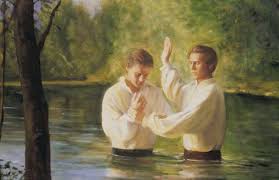
I sometimes think that when we consider the visit of John the Baptist to Joseph and Oliver (the main event discussed in this lesson), we focus on the restoration of the Aaronic Priesthood, but leave out the restoration of the ordinance of baptism. Yes, the ordinance can’t be performed without the priesthood, but then I think that in some ways the priesthood is defined by the ordinances that it can perform. Without baptism, wouldn’t the Aaronic Priesthood be different? Fortunately, the lesson does address both the priesthood and ordinances, putting both in the context of the restoration, the ‘great and… Read More
-
•
•
7 responses
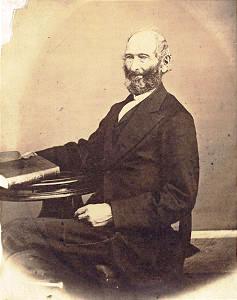
A series I am going to occasionally come back to on my takes on early Church primary sources that I’m reading. We have a tendency to only read secondary takes, whether a talk, book, or commonly shared anecdote, but there are often insights buried in the primary sources that don’t make it into the collective consciousness. John Corrill’s A Brief History of the Church of Christ of Latter Day Saints (Commonly Called Mormons) Text here. John Corrill’s History is considered one of the most valuable first hand accounts of the Church in the Missouri era. An early convert who left… Read More
-
•
•
2 responses
A key moment in the Church’s establishment in different locations and cultures—including among countries like Brazil, where the Church officially has over one million members—is the translation of the Book of Mormon. Especially in earlier years, the effort was performed by missionaries with rudimentary knowledge of the language working with locals to create the translation, which meant that revisions and retranslations would later be necessary, once the Church had access to a higher level of expertise in translation. The story of the translation and retranslations of the Book of Mormon in Portuguese to aid missionary efforts in Brazil and how… Read More
-
•
•
3 responses
I mentioned previously that my big project for the year associated with Come, Follow Me is working on an annotated Doctrine and Covenants and closely related content. For this part of the project, I am going through the assigned reading each week and comparing every major edition of the text that I can find (including those available through the Joseph Smith Papers Project) to note differences, reading several notable commentaries, and making remarks about scholarship that I’ve read or intertextuality with other scriptures. I’m going to share some of it here and there as I go, though be aware that this… Read More
-
•
•
5 responses
So I’ve posted related to this topic, but I was thinking of putting up a few posts on this larger theme of Greek philosophy corrupting early Christianity. Like I said in this video, that was a common Protestant idea going back to the 1600s, very prominent in Smith’s day, and was even in a book he owned. Such an idea seemed to have gotten picked up by Mormon intellectuals around the turn of the 19th century and seems to still be fairly popular among a lot of Mormons. Read More
-
•
•
2 responses
Family. Isn’t it about … time? Yes, and so is the Gospel in general, according to Philip L. Barlow. Read More
-
•
•

While the sections in this lesson address what to do after the loss of the 116 pages and what Hyrum Smith should do, elements of these sections and the lesson have a triumphalist element, pointing out that the Lord’s plans will not be thwarted because of opposition. However, this should not be read as some kind of competition that those who are on the Lord’s side are winning, but rather as something that will give us confidence to continue to follow Him despite trials and opposition. Yes, the Lord is many moves ahead in the chess game, but for the… Read More
-
•
•
18 responses
“We believe in all truth, no matter to what subject it may refer…. We are willing to receive all truth, from whatever source it may come.” Joseph F. Smith, April Conference 1909. [1] As I see it, whatever was influencing JS was “true” if we believe Joseph Smith’s revelations were true. Read More
-
•
•
19 responses
At a conference and later book that Jonathan and I both contributed to, Terryl Givens noted the Mormon notion of restoration was quite different than Protestants. Givens quoted Parley Pratt, “We can never understand precisely what is meant by restoration, unless we understand what is lost or taken away.” “The problems seen by other restorationists,” noted Givens, “from Calvin and Severtus to the Campbellites was unwarranted accrual, not missing elements.” Givens noted Mormon revelations that speak of “no paring away, no stripping back to essentials, but rather, the hint of a vast expansion…. The Bible … was neither complete nor… Read More
-
•
•
2 responses
Bialecki, Jon. “The Mormon Archive’s First Ten Thousand Years: Infrastructure, Materiality, Ontology, and Resurrection in Religious Transhumanism.” Comparative Studies in Society and History (2025): 1-19. Read More

